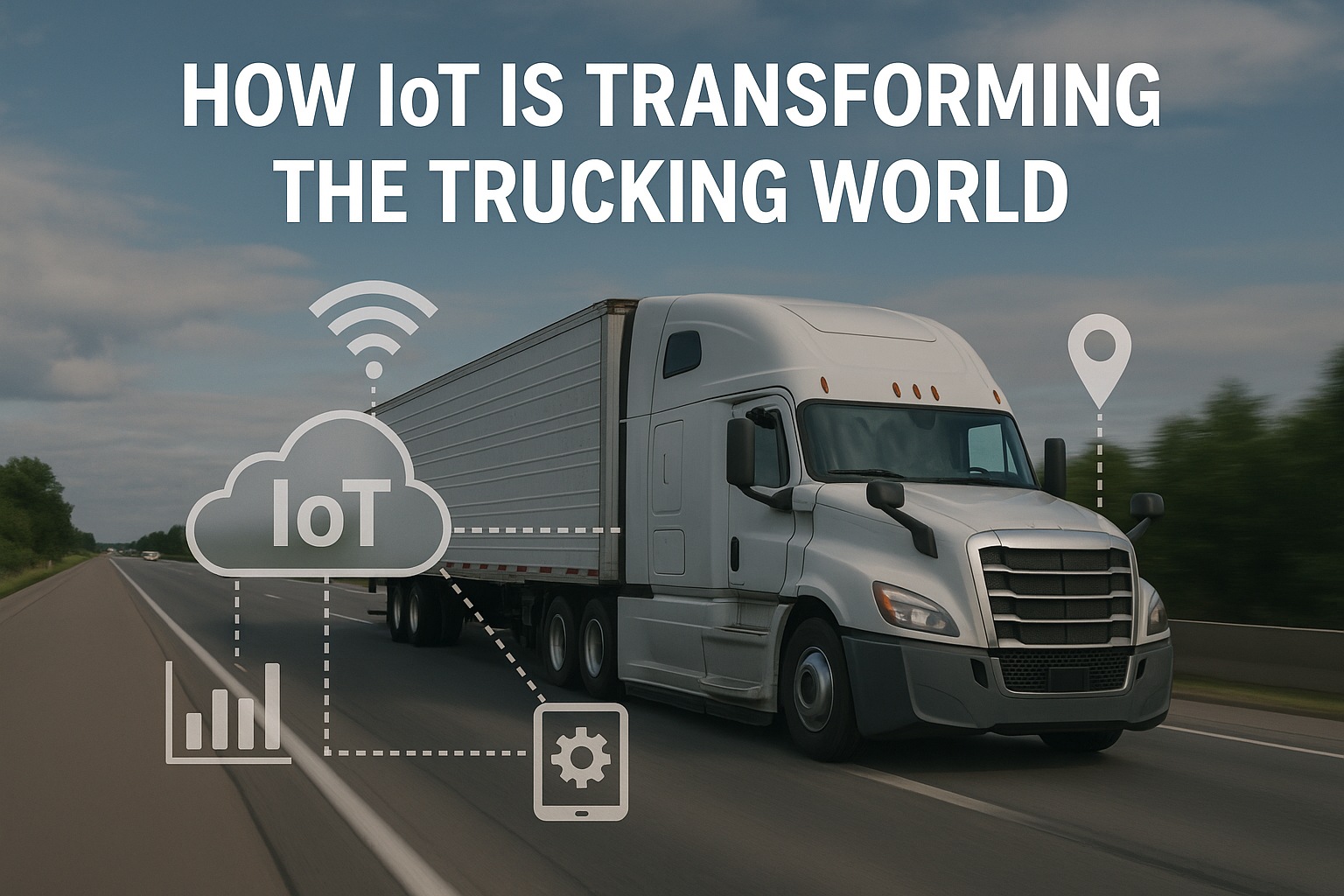The Plug-&-Play Revolution in Fleet Tracking
Modern plug-and-play trackers deliver professional-grade monitoring without the traditional hassles:
5 Min
Installation time
$30K+
Annual savings
40%
Asset utilization boost
Zero
Downtime required
Key Benefits of Plug-&-Play Asset Tracking
1. Instant Installation & Deployment
Game ChangerSetup Process: Simply plug into OBD-II port, activate device, start tracking
Time Savings: Deploy entire fleet in hours, not weeks
Flexibility: Move between vehicles, no permanent modifications
2. Real-Time Asset Visibility
Efficiency DriverTracking Features: Live GPS location, route history, idle time monitoring
Alerts: Geofence violations, unauthorized use, maintenance reminders
Integration: Mobile apps, web dashboards, API connectivity
3. Predictive Maintenance Capabilities
Cost PreventerDiagnostics: Engine codes, battery voltage, mileage tracking
Alerts: Service intervals, fault codes, wear predictions
Benefits: Prevent breakdowns, extend vehicle life, optimize scheduling
4. Driver Behavior Monitoring
Safety FirstMetrics Tracked: Speed, harsh braking, rapid acceleration, cornering
Coaching Tools: Driver scorecards, trend analysis, improvement tracking
Results: Safer driving, lower insurance, reduced accidents
5. Asset Utilization Optimization
Revenue MaximizerAnalytics: Usage patterns, idle assets, route efficiency
Optimization: Right-sizing fleet, eliminating redundancy, maximizing revenue miles
Reporting: Utilization dashboards, ROI calculations, performance metrics
6. Scalability & Flexibility
Growth EnablerExpansion: Add trackers as fleet grows, no infrastructure changes
Versatility: Works on cars, trucks, equipment, trailers
Management: Single platform for entire mixed fleet
Transform Your Fleet Monitoring Today
Experience the simplicity of plug-and-play tracking. Deploy in minutes, save thousands monthly. No installation hassles.
Cost Comparison: Traditional vs. Plug-&-Play Tracking
| Cost Factor | Traditional Hardwired | Plug-&-Play Solution | Annual Savings (50 vehicles) |
|---|---|---|---|
| Installation Cost | $300-500 per vehicle | $0 (self-install) | $20,000 |
| Installation Time | 2-4 hours downtime | 5 minutes, no downtime | $15,000 (lost productivity) |
| Device Flexibility | Permanent installation | Move between vehicles | $10,000 (fewer devices needed) |
| Maintenance Access | Limited diagnostics | Full OBD-II data | $30,000 (prevented repairs) |
| Scalability | Complex expansion | Instant addition | $8,000 (IT/labor costs) |
| Monthly Fees | $35-50 per vehicle | $25-35 per vehicle | $6,000 |
| Total Annual Advantage | $89,000 | ||
Implementation Best Practices
Phase 1: Pilot Program
Week 1
- Start with 5-10 vehicles
- Test all features thoroughly
- Gather driver feedback
- Measure initial ROI
Phase 2: Full Deployment
Week 2-3
- Roll out to entire fleet
- Assign devices to vehicles
- Configure alerts and reports
- Train dispatchers
Phase 3: Optimization
Month 2
- Analyze usage patterns
- Set performance benchmarks
- Implement driver coaching
- Integrate with systems
Phase 4: Expansion
Ongoing
- Add assets as needed
- Explore advanced features
- Track ROI monthly
- Share success stories
Common Misconceptions About Plug-&-Play Trackers
❌ "They're Not as Reliable"
Reality: Modern units have 99.9% uptime
Truth: Use same GPS/cellular technology as hardwired units, often more reliable due to easy replacement
❌ "Limited Features"
Reality: Full diagnostic capabilities via OBD-II
Truth: Access to 300+ vehicle parameters, often more data than basic hardwired units
❌ "Easy to Tamper With"
Reality: Tamper alerts and hidden installation options
Truth: Instant notifications if removed, backup battery continues tracking
❌ "Only for Small Fleets"
Reality: Enterprise fleets use them extensively
Truth: Scalability makes them ideal for fleets of any size
❌ "Battery Drain Issues"
Reality: Minimal power consumption
Truth: Use less power than a phone charger, include sleep modes
❌ "No Professional Support"
Reality: Full support from providers
Truth: 24/7 support, remote diagnostics, instant replacement options
Advanced Features That Maximize Value
Power Management
- Internal backup battery
- Low voltage protection
- Sleep mode activation
- Solar options available
Result: Years of maintenance-free operation
Connectivity Options
- 4G LTE standard
- WiFi data offload
- Bluetooth accessories
- Satellite backup
Benefit: 99.9% data reliability
Security Features
- Military-grade encryption
- Tamper detection
- Theft recovery mode
- Driver ID verification
Value: Complete asset protection
Analytics Platform
- AI-powered insights
- Predictive analytics
- Custom dashboards
- Automated reporting
Savings: 20+ hours weekly
Start Tracking Smarter, Not Harder
Join thousands of fleets saving time and money with plug-and-play tracking. Install today, see results immediately.








